Road signs fly by in the darkness as lights glow from the dashboard. Most college students are asleep at this hour, but for Trevor Blount and his roommate, it’s the best part of the day. They pull into the parking lot, turn off the car and step outside. For the first time this morning, they hear the waves of the Pacific rumbling just beyond the palm trees. As they unload their surfboards, walk through the sand, and hit the water, the sun starts to peek its head over the mountains to the east, a reminder of classes starting in just a few hours. An hour-long trek from their college in Riverside, California, to the Pacific Ocean became a regular ordeal for the two. They could ensure they got a chance to surf before they had to head back in time for their respective classes.

Now, five years later, and working as a graphic designer for Athletic Brewing, Trevor looks back fondly on those mornings in 2018. What originally started as being dragged along to the beach turned into heading there 2 or 3 times a week to go surfing. Life now might not have as many pre-dawn visits to the beach, but there are new ways to remind him of life among the waves. In a home workshop, he crafts boards with his own hands. It’s a quiet, solo passion, but one which requires the same focus as an early morning session offshore.
Trevor’s desire to create surfboards started back in 2020 after the breakout of the Covid-19 pandemic sent college students home for a semester. He packed his things, went back to his home in Escondido, California, and decided to put some of his free time towards trying something new.
“I have always been a DIYer and figured that building my own would be a great way to try new boards while saving money at the same time,” shared Blount.
Walking into a store and buying a surfboard for retail could set you back a pretty penny. While you may be able to get one for around $700, if you decide to purchase one from an elevated craftsman, that cost shoots up to thousands of dollars. However, Trevor found that creating his own surfboard only costs about $200 and gives him the flexibility to create whatever shape he’d like. While he saves a decent amount of money, it takes quite a bit of time to complete. Though, with an idea, passion, and a brew in hand - the time goes by quickly.
On average, one surfboard could take him up to 18 hours to complete, and roughly 75% of that time is reserved for glassing. Over the course of a week, Trevor has the capability to work on up to 3 boards at a time.
Most shapers today will do the work of shaping the board but send it to another shop to get laminated. Because the process of lamination ends up being about 75% of the labor, it becomes a big chunk of the cost. As many labels use machines to shape their boards, the person that has their name or logo on the board may not have ever touched it. This is where Trevor makes the distinction between being a board builder rather than a board shaper.
For Trevor’s business, Surfboards by Trevor Blount, he prefers to do the shaping, laminating, and finishing of the boards himself, so they see just one pair of hands. While he doesn’t currently have a facility to be laminating boards, he still spends time shaping them and sending them to be glassed elsewhere. That being said, he ensures that only surfboards that are 100% built by his pair of hands don his name and logo.
Surfboard Shaping Through The Years
Nobody really knows much about the origins of the first surfboard shapers, but what we do know is that surfboards were likely entirely made of wood. Shapers cut the wood, carved it flat, and then smoothed them out. These boards were long and heavy, between 10 and 20 feet in length and 77 to 200 pounds respectively.
According to Surfnation.com, it wasn’t until 1926, hundreds of years after surfing was first recorded, that a hollow board was invented. This hollow board was much lighter (only about 44 pounds) and easier to transport, however, it still had issues with performance in how the board interacted with the water. Surfers that were more passionate tried to find other ways to change the shape for a better performance.
Over time, the shape changed to feature a more narrow tail and nose, while also changing the rails to be more rounded. These changes to the board allowed surfers to do more than just ride straight. For the first time, surfers could ride in the curl. The addition of fins gave the surfer more control and stability on the board.
Eventually, surfboards started being made with even lighter materials in mind. Balsa wood is light and easily moldable, however, because it’s still wood, it was hard on tools and a very time-consuming process.
Today, the most popular way of shaping surfboards is by using a foam core.
The Process of Modern-Day Surfboard Shaping
Modern-day surfboard shaping if you create the board vs. simply shaping is very involved. This is the process that Trevor takes when creating surfboards entirely himself:
-
Design Template - First comes creating the outline of the surfboard. This is something that Trevor is able to do digitally. Once designed, he prints and cuts out his templates, putting them onto paper.
-
Shaping the Foam - Surfboards are originally formed out of “blanks” aka foam with wooden stringers before they get their hard exterior. To shape the foam, Trevor uses a planer to remove the bulk of the material and uses a plethora of hand tools to make the right details and smooth out the foam. This process typically takes over 3 hours to do.
-
Laminating the Board - After the foam is shaped into the correct form, it needs to be laminated using fiberglass cloth and resin. Trevor prefers adding color to the resin, however, the foam could also be painted or airbrushed.
-
Mount Fins - Now it’s time to add the fins. You can mount the fins directly onto the board, or use a fin box which would allow you to attach and detach different fins.
-
Add Filler Coat - A filler coat of clear resin must be added at this stage to prevent feeling the texture of the fiberglass cloth. Once the coat has dried, it needs to be sanded evenly with heavy grit sandpaper.
- Add Another Coat of Resin - The last part of the process includes adding another thinner coat of clear resin. This time it is brushed on and then sanded with very fine grit sandpaper. Finally, it is polished.
When it comes to deciding on what type of surfboard to work on, Trevor will either take a special request for a friend or acquaintance and make something according to their needs, or he will create something that he specifically wants to try out himself. He gets inspiration from seeing boards elsewhere or occasionally coming up with something totally new.
“You build a model, ride it, see what you’d like to change, modify that, and continue moving towards the perfect board.”
Creating surfboards doesn’t come without its own challenges. Besides the time and labor involved in the process, getting the board to be visually appealing can be difficult. Having a beautiful board includes many differently shaped pieces connecting and interacting with the water seamlessly. A well-designed template, the overall shape, and the way the rails (edges of the board) are rounded all impact the surfboard.
“All of those things visually need to come together nicely to create clean flowing lines and that’s really what makes a good surfboard stand out from a mediocre one.”
When it comes to his business, he views it as a passion project. It was never his intention when he started to monetize it, but with each board he sells, it gives him the funds to create the next board.
Trevor at Athletic Brewing Co.

While surfboard shaping is his side hustle, during the day, Trevor brings his creativity to Athletic Brewing. His work as a graphic designer means his work touches most print, digital, social media, and photography-related items that are part of Athletic’s branding. In addition to design, he works on most photo and video production needs the creative team may have. Out of everything that he works on, his favorite assignments are when there are any opportunities to be a little more creatively free, such as the opportunity to design any merchandise, especially those inspired by Athletic non-alcoholic craft brews.
His love for what he does for a living goes beyond his work and carries over to the company as a whole.
“Working for Athletic, it’s very apparent that there is a very strong set of values and overall the company culture is just so great and I love working here. Both my immediate team and the creative team are awesome. They’re a joy to work with. I also really like that we have so many initiatives both socially and environmentally, like Two for the Trails. That’s something that I’m really proud of as an employee here.”

Two for the Trails, named after Athletic’s co-founder’s family tradition of taking two brews to toast post-trail adventures, is a grant program that donates up to $2MM annually to protecting and restoring trails. As a certified B Corp, Athletic meets the highest standards of social and environmental performance. Grants from Two for the Trails are given to organizations across the nation and other territories such as Canada, the UK, and the EU. Total donations to date amount to $3,256,457. The grant program for this year opens on August 17th, so organizations that have an environmental clean-up project are encouraged to apply.
One of the best ways to celebrate a day on the trails or in the surf is by cracking open one of Athletic’s tasty non-alcoholic beers. For Trevor, Run Wild, one of the flagship brews, is his favorite.
“It’s just so good for any occasion!”
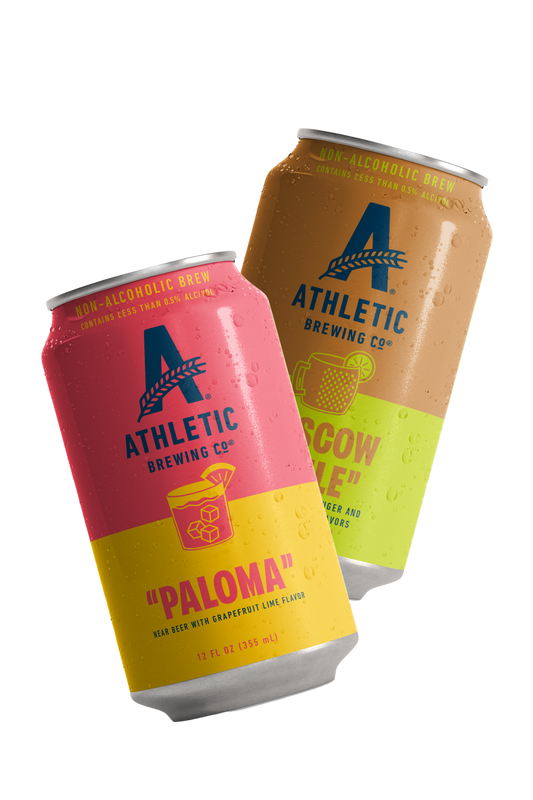
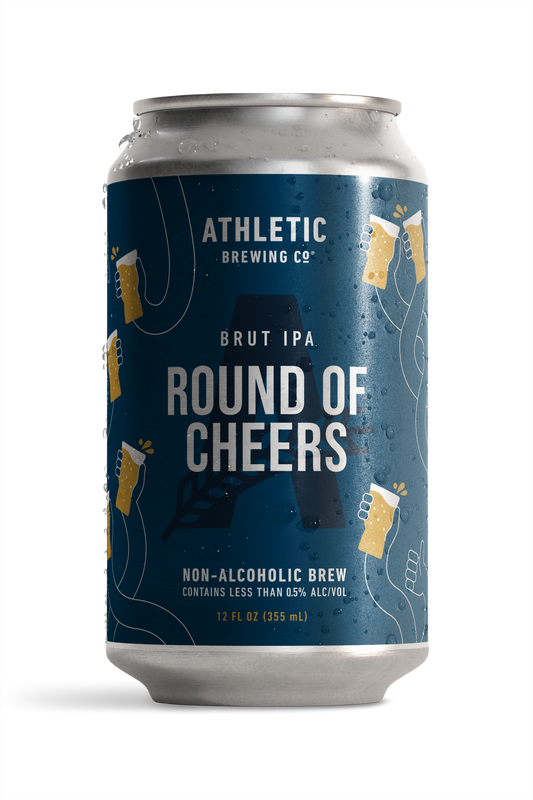




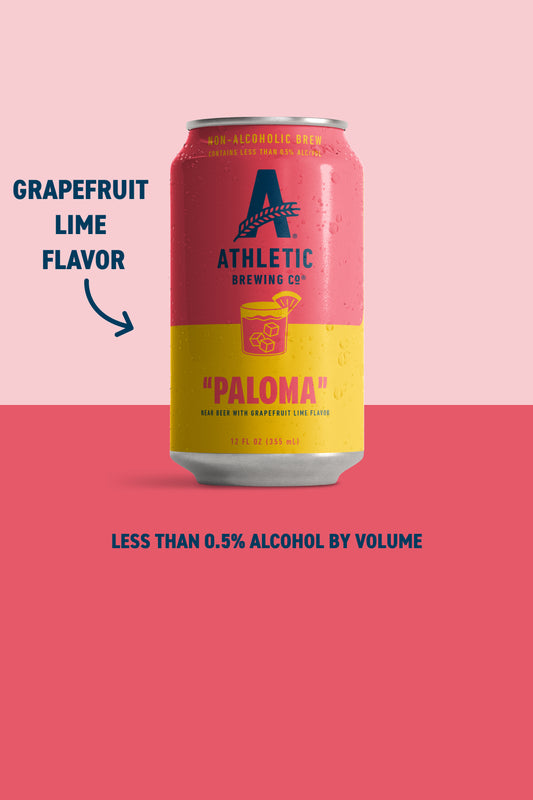


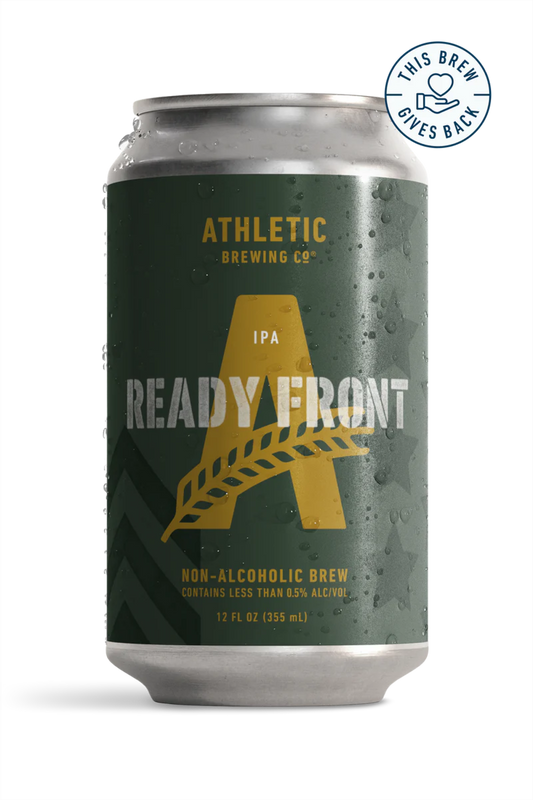
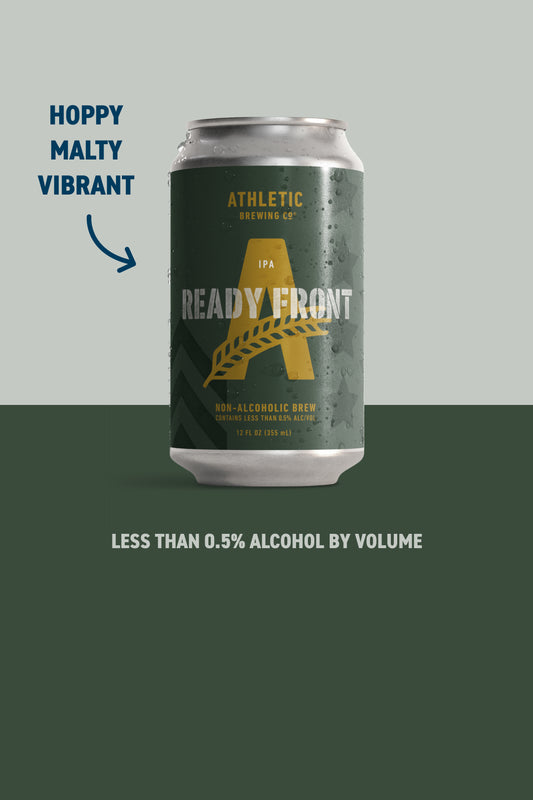
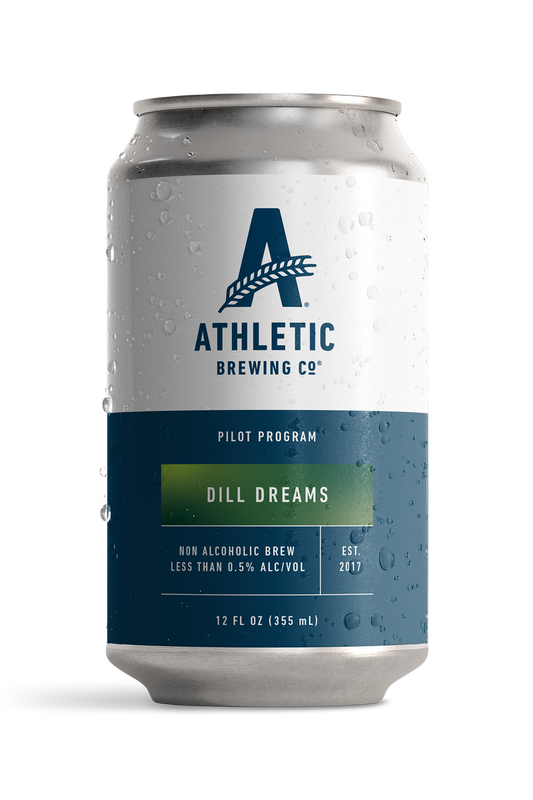

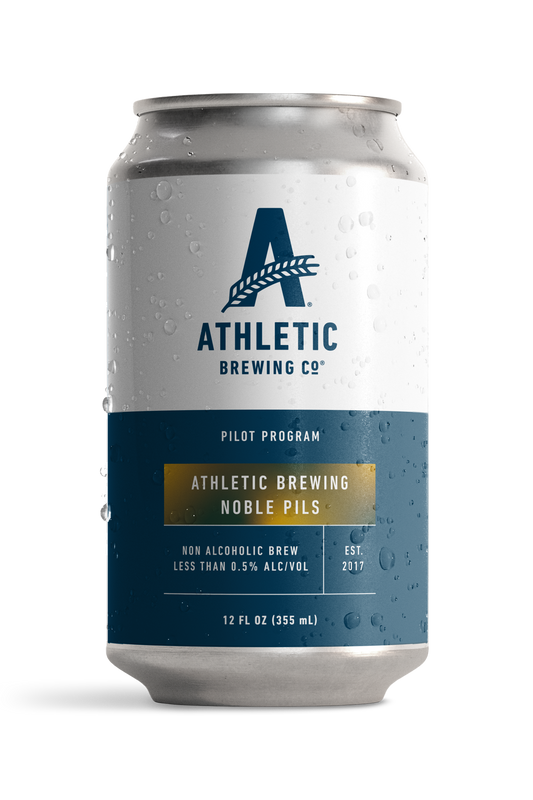
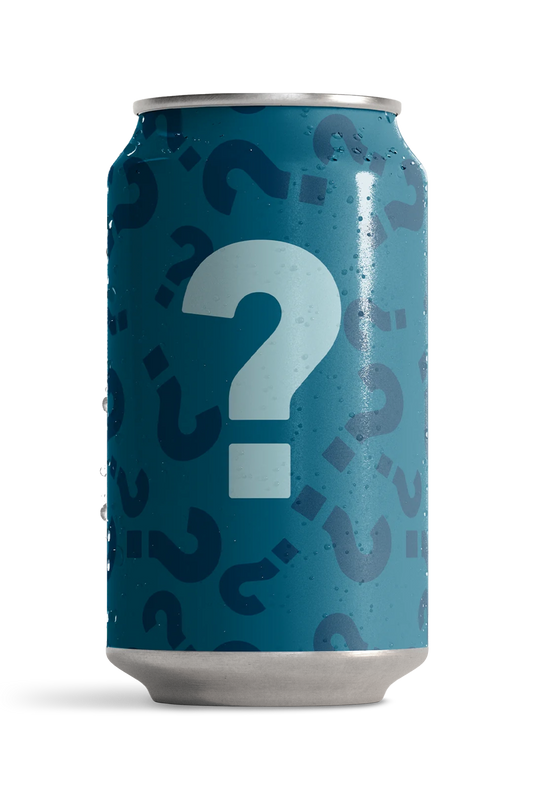
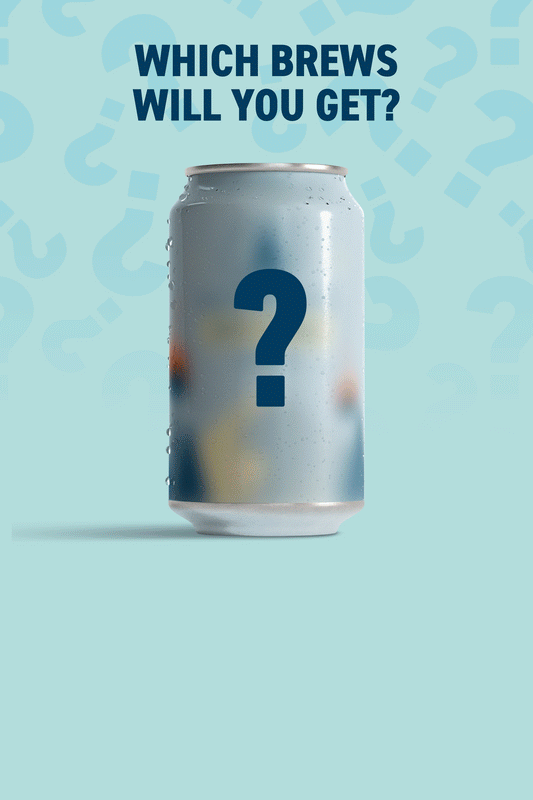









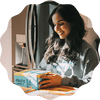


 Your Privacy Choices
Your Privacy Choices











